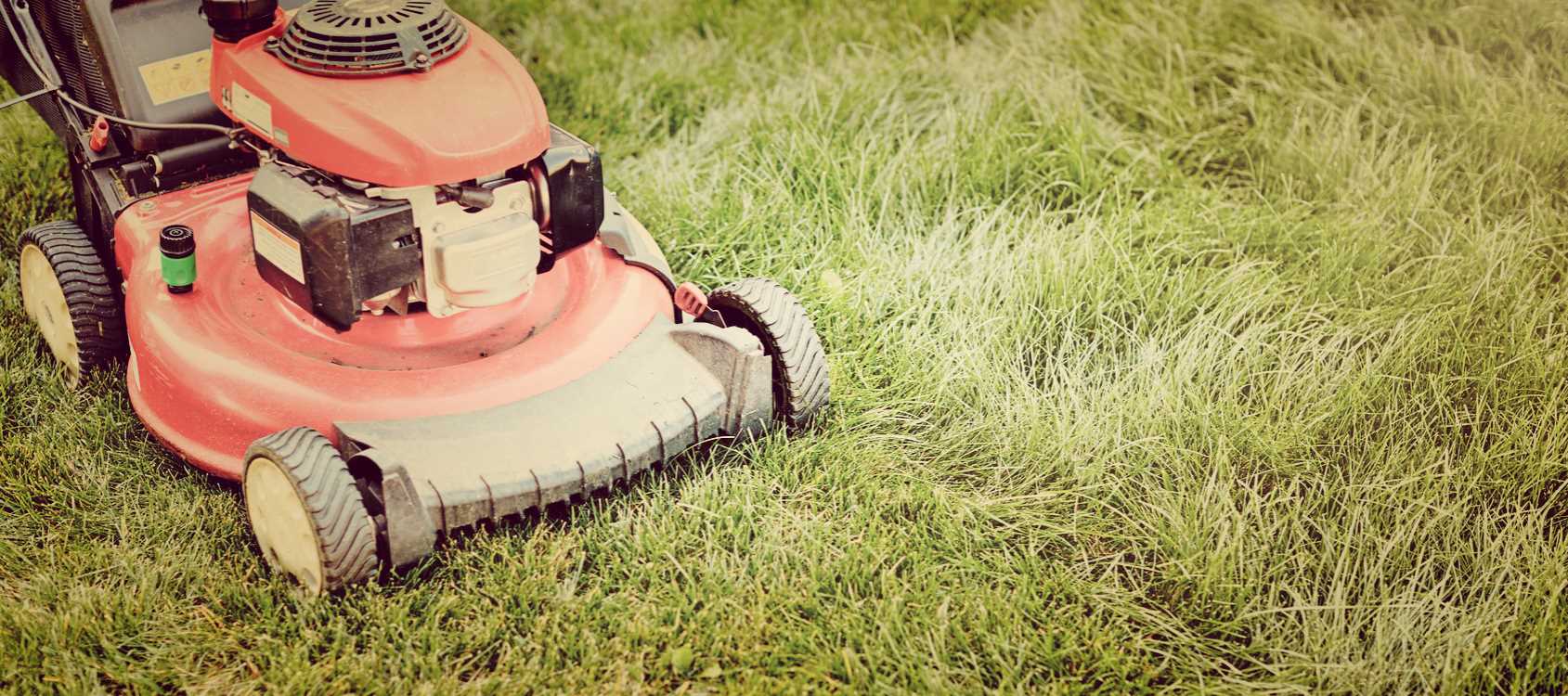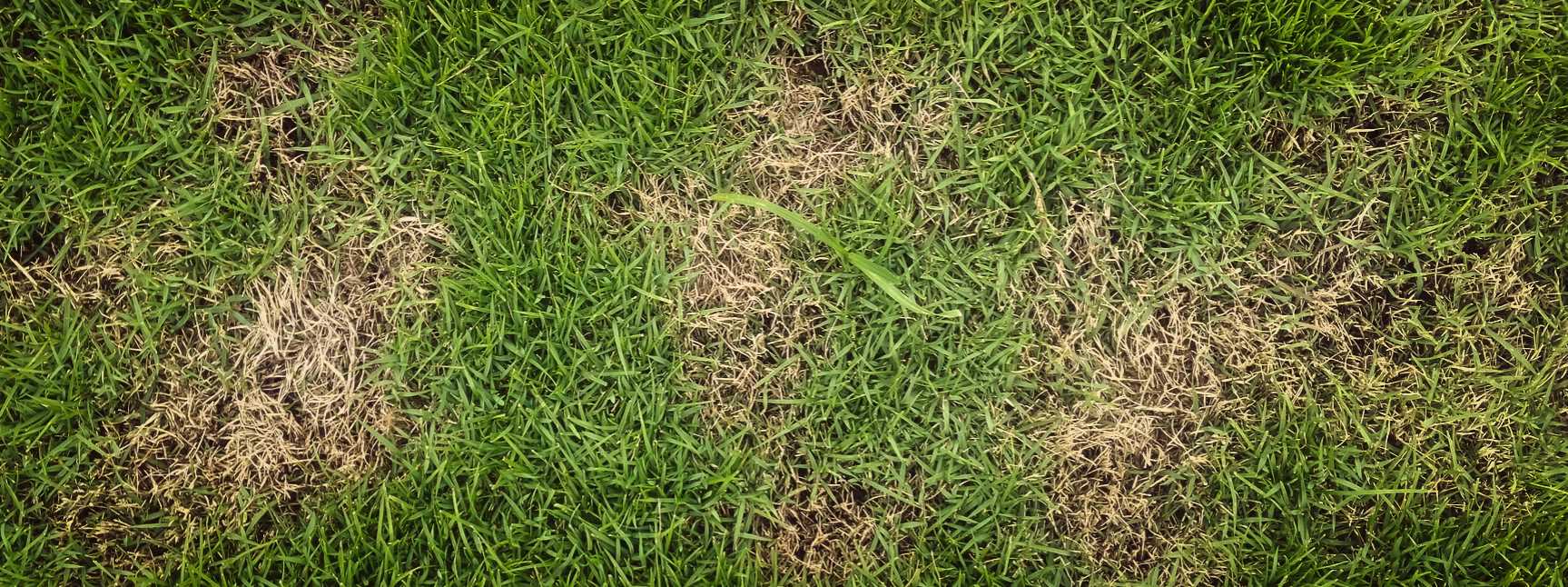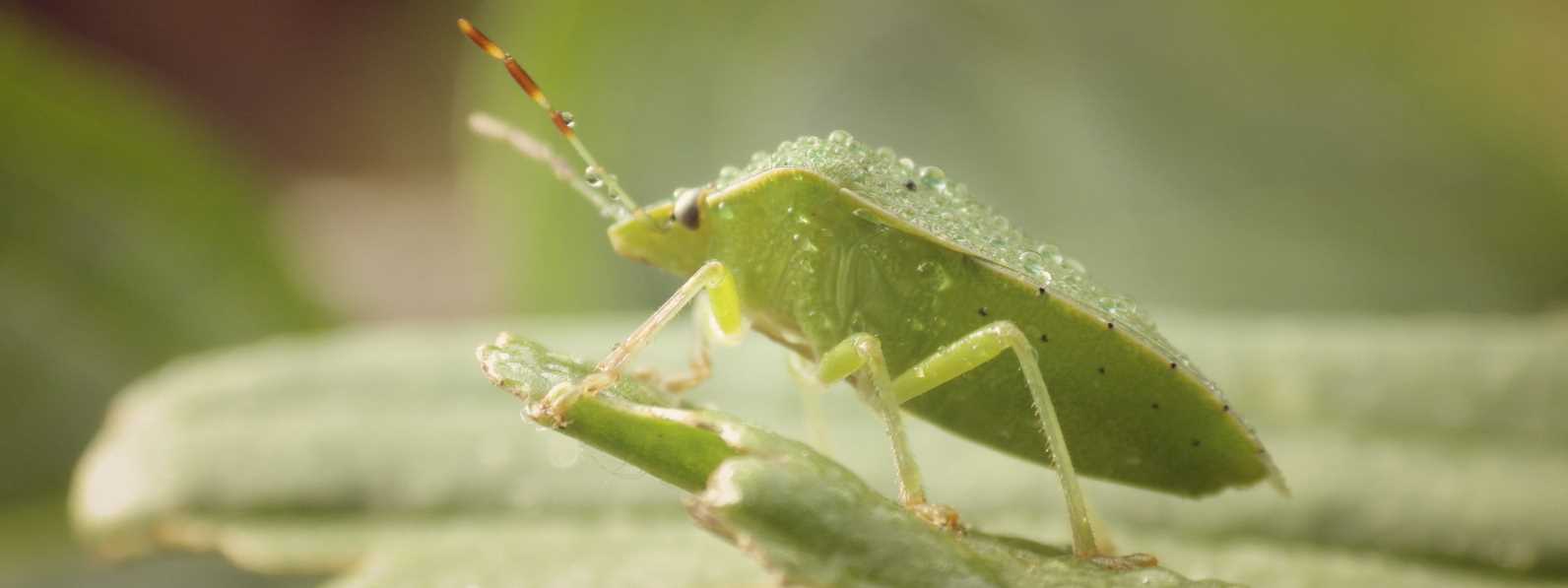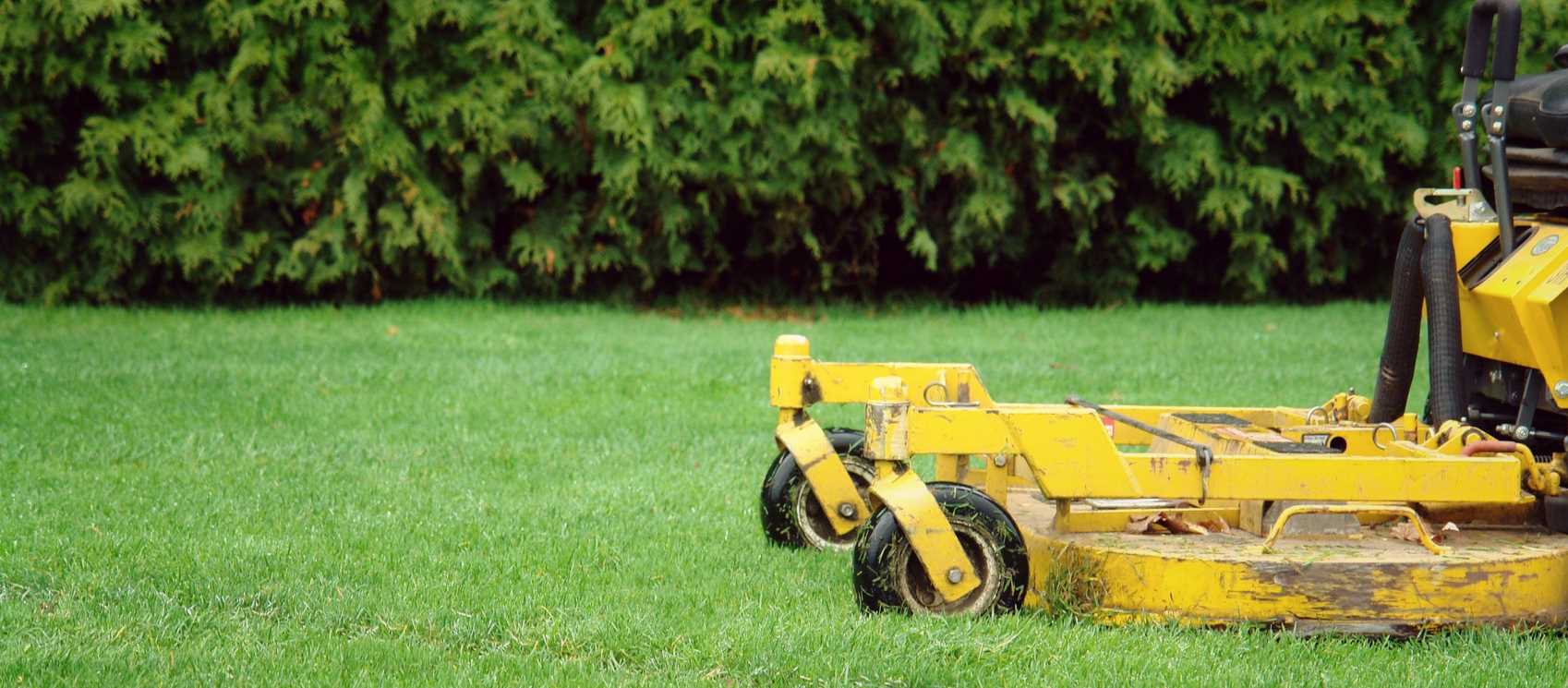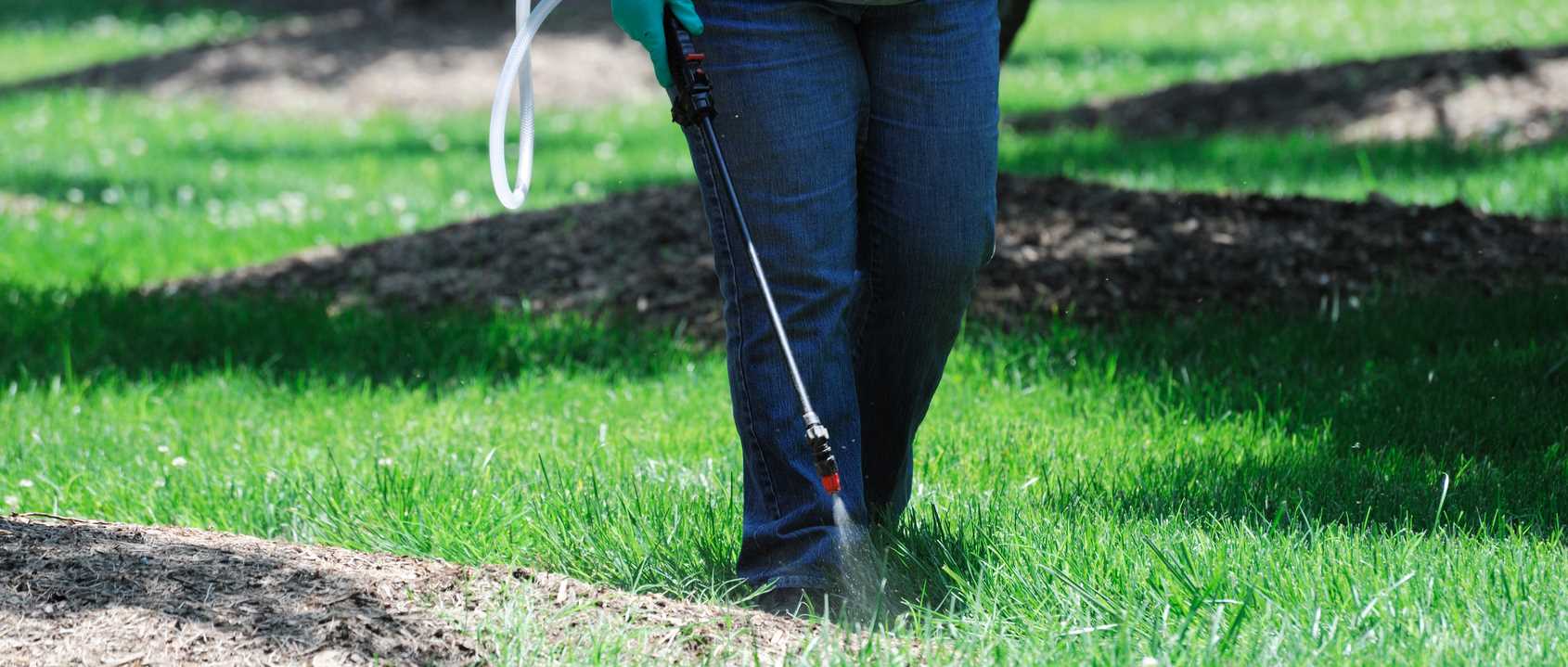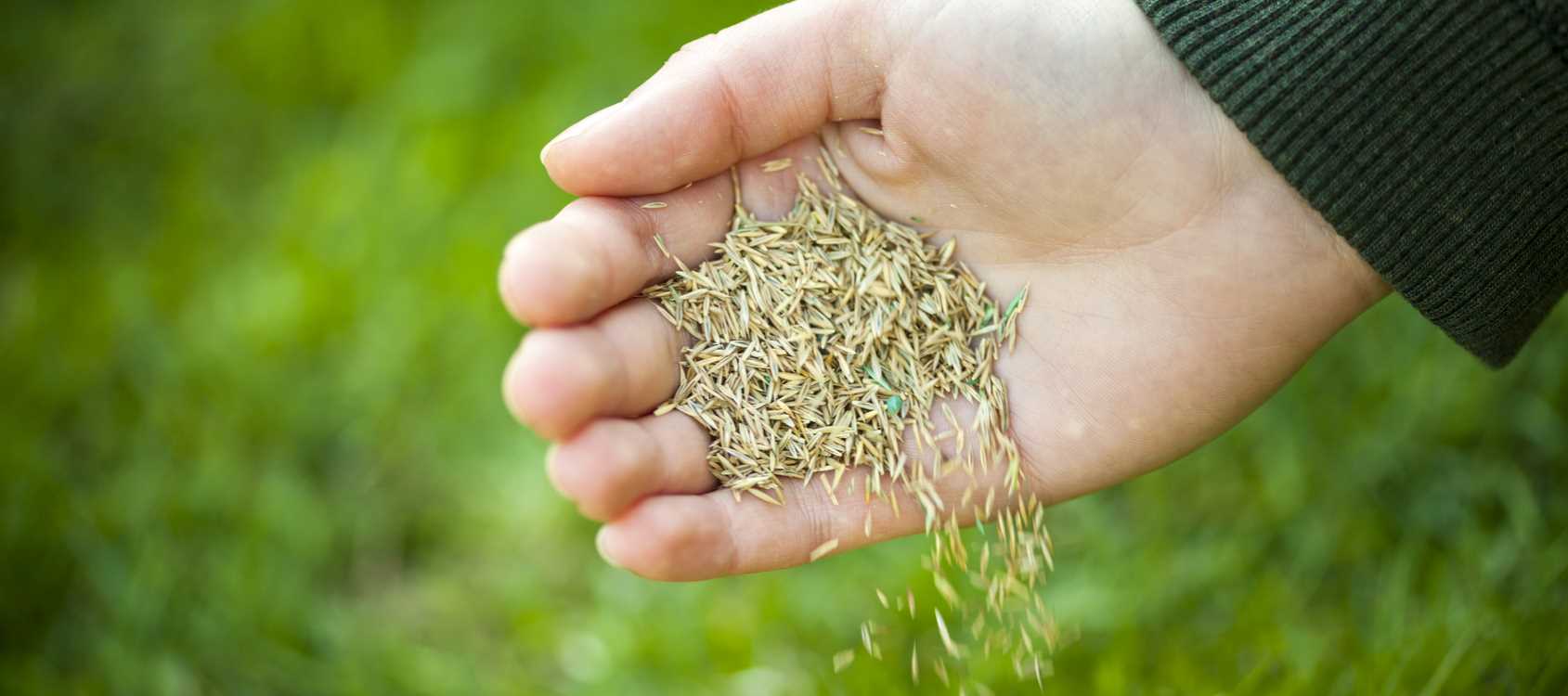When Should you Aerate and Overseed? – Lawn Aeration Springfield MO
In Springfield, Missouri, lawn aeration and over-seeding are important to maintaining a healthy and beautiful lawn. Grass can get old and worn down. Overseeding is a fast and convenient way to make your lawn lush and green again without starting over. Overseeding is spreading grass seeds over an existing lawn.
Lawn aeration keeps your grass beautiful by improving soil structure and combating soil compaction. Healthy soil has both macropores and micropores which provide space for plants to absorb nutrients and oxygen. Overly-compacted soil no longer has the porous space required for healthy grass growth. Although aeration and over-seeding are important, it may be confusing as to when would be the best time to perform these activities.
Best Time to Aerate and Overseed is in the Fall
We recommend that you aerate and overseed at least once a year to maintain a beautiful lawn. Lawn Aeration and overseeding in Springfield, Missouri is best done during fall when the weather is cooler. There will be plenty of sunlight because trees will start to shed their leaves. Additionally, diseases that attack seedlings are less active.
Second Aeration and Overseeding in the Spring
If your lawn needs more attention and is highly compacted, overseeding and aerating twice a year could provide an even thicker and healthier lawn. Spring would be the next best time to aerate and overseed your lawn again. However, be sure to mow your lawn a few times before aerating in the spring. This will allow the lawn to grow quickly enough to recover and utilize increased pore space that results from aeration.
When in doubt, be sure to hire a professional to determine what the best plan is for aerating and overseeding your lawn. It is critical to follow specific instructions on watering, equipment, seed mixtures and blends. At Gabris Landscaping, we offer services for both aeration and overseeding. Give us a call to maintain a healthy and beautiful lawn.


